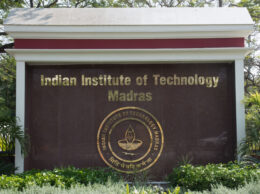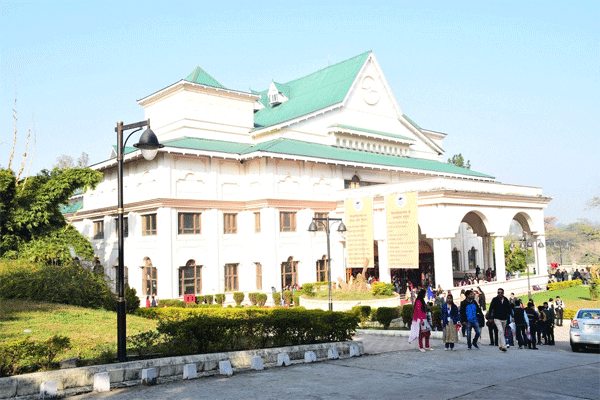Hyderabad, 16th July 2019: A team from National Institute of Rural Development and Panchayati Raj (NIRDPR) visited a Community Radio Centre built with funding from UNESCO (United Nations Educational, Scientific and Cultural Organization) in 1992 at Pastapur Village of Medak District, Telangana State and conducted a study on its functioning and to assess its impact.
The NIRDPR Team, led by Dr. Akanksha Shukla, Associate Professor and Head, Center for Development Documentation and Communication (CDC), NIRDPR, found that Community Radio has a lot of potential to weave the community into a strong hold. The Radio Station can help lead the conversation in various Rural Development-related issues such as Gram Panchayat Development Plan (GPDP), Social Audit, Water Harvesting and Solar Panel Installation.
This Community Radio Station in Pastapur Village of Medak District, Telangana State is funded by the Deccan Development Society and run by a staff of three women from the local community – Ms. General Narsamma, 35 years; Ms. Algoal Narsamma, 32 years; and Ms. Pullamma, 35 years. These women have been working with this organization for the last 20 years, before which, they worked as agriculture wage workers. The Community Radio Station has a reach of around 30 villages.
Some of the major recommendations by NIRDPR following this field visit include:
- The Ministries of Culture, Rural Panchayati Raj, Information and Broadcasting can lead a convergence of Panchayati Raj Institutions (PRI) and Rural Community Radio Stations,
2 . This Convergence will not only enhance awareness on a number of Rural Development issues at the ground level but can help bring transparency in the government at the grassroots,
- Community Radio Stations can also increase awareness of various Government initiatives for rural welfare
Highlighting the impact of Rural Community Radio Stations, Dr. Akanksha Shukla said, “The government of India has initiated a planned convergence between the functioning of PRIs and Self Help Groups at the ground level to facilitate rural transformation. An addition of community radio stations to this triangulation approach may have far reaching benefits as radio is now accessed over mobile phones as well. The Community radios speak the dialect, the language, and the voice of the people in their own style. Speaking on the radio makes the local villager a celebrity in the area. People look forward to participating in these programmes. The appeal is far-reaching and the rural development benefits can suitably be reaped by utilizing this community-based tool. Various studies in the African continent prove that community radios are a very reliable and potent instrument for rural development.”
Further, Dr. Akanksha Shukla added, “The initiatives taken by PRIs should be appreciated and what the government at the village level is doing should be publicised. The PRI officials could use the air space to popularise schemes like MGNEREGA and Deen Dayal Upadhyaya Grameen Kaushalya Yojana (DDU-GKY) so that the community may become aware of the programmes and reap them for their benefits.”
The field report found that programmes on health which has women’s health / gynecology-related content and general content is relevant for the people who can use the information for better health outcomes. One woman travelled the entire distance to the radio station to thank the employees because of the tips they shared on air on tackling white discharge issues, which helped her address the issue which she had been unable to get treated for long.
The Rural Community Radio (RCR) Station has identified good singers, story tellers and expertise of people relating to medicinal plants, health problems, soil preparation, manure preparation, veterinary sciences, horticulture and cooks who provide recipes of various types.
On an average, between five and seven programmes are broadcast every day with each programme having a duration of around 20 minutes. On the first Saturday of the month, a Sangam radio meeting is organised with all the Supervisors to decide on the programmes to be aired. The central theme of most programmes are the village crops.
The RCR is a vital medium to bring the community together, allowing PRIs to leverage technology to communicate with the community and create awareness on several thematic issues among them. By strengthening the RCRs and encouraging its enhanced use, NIRDPR firmly believes, transparent governance can be ensured, and the community can be significantly empowered.









